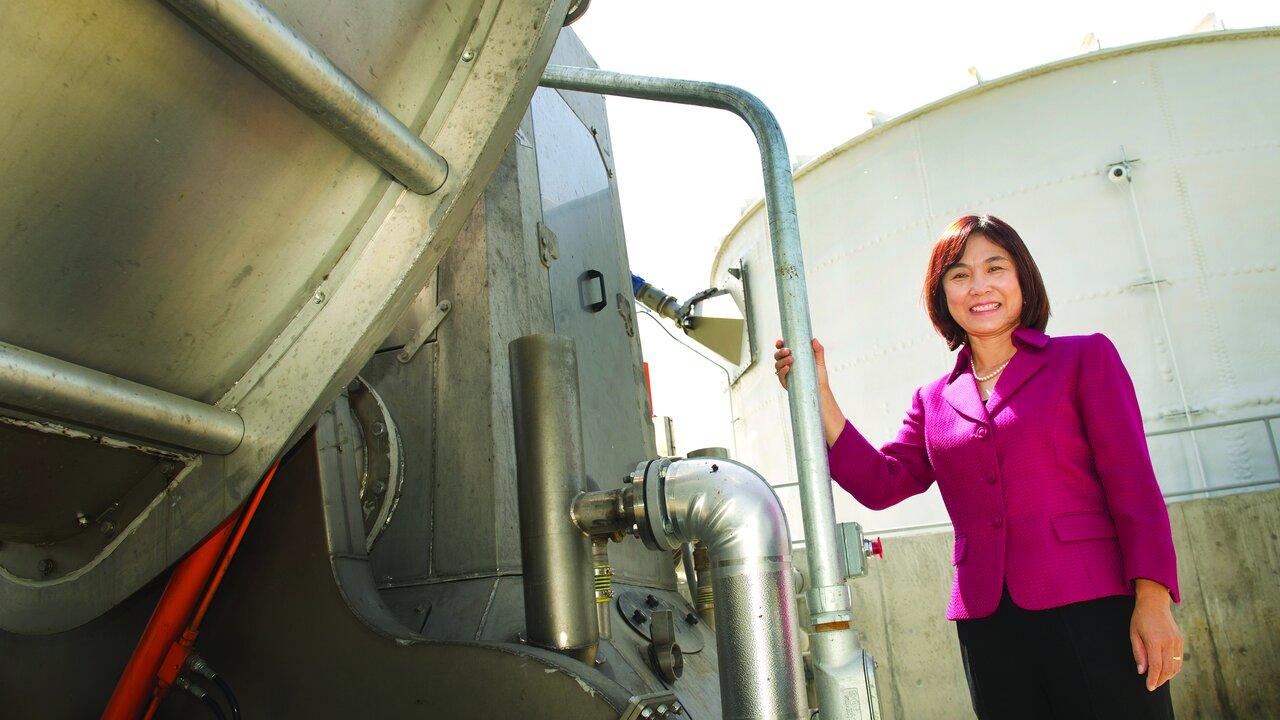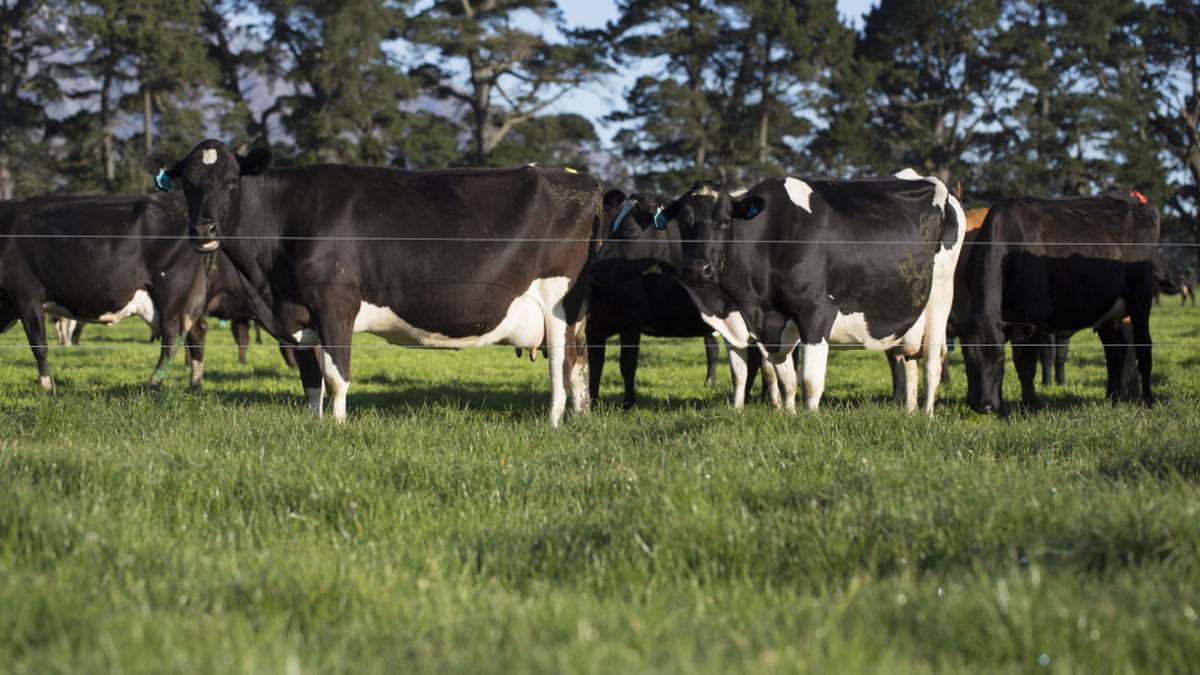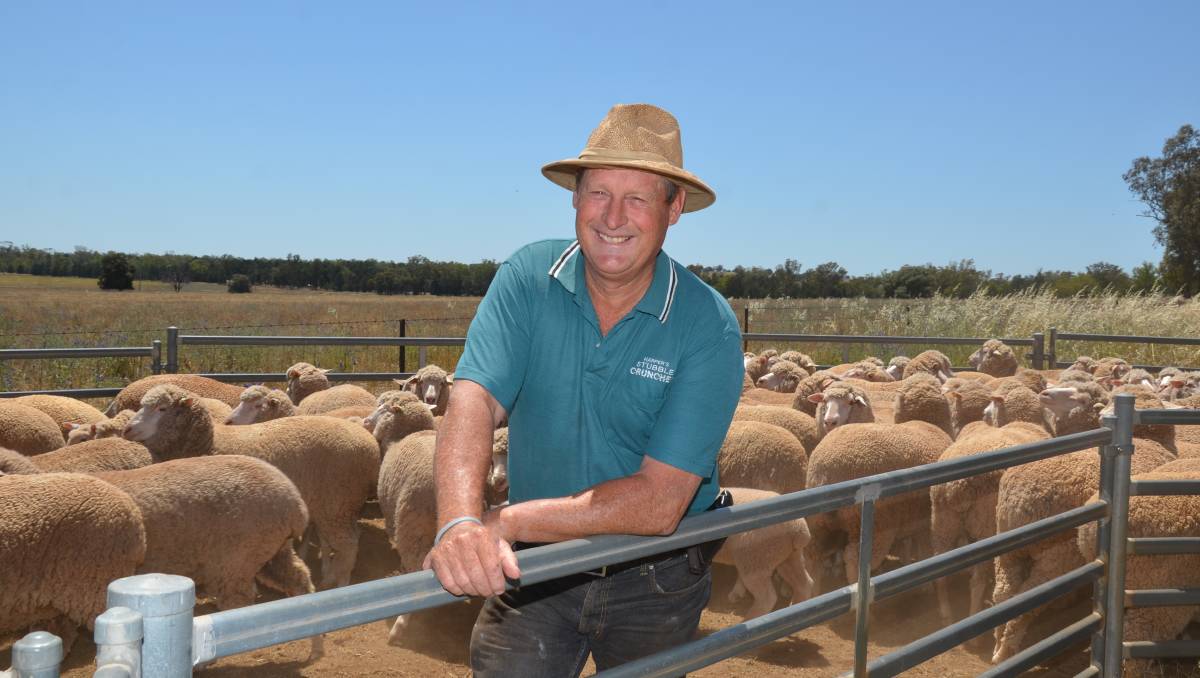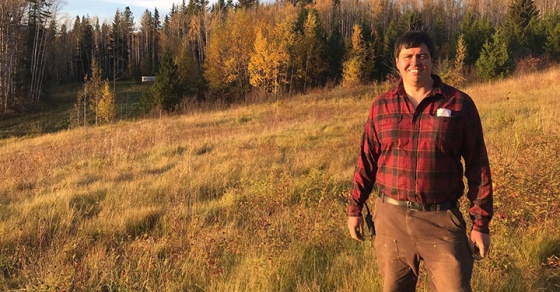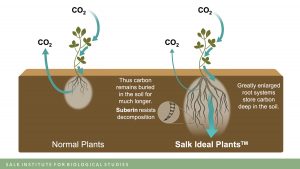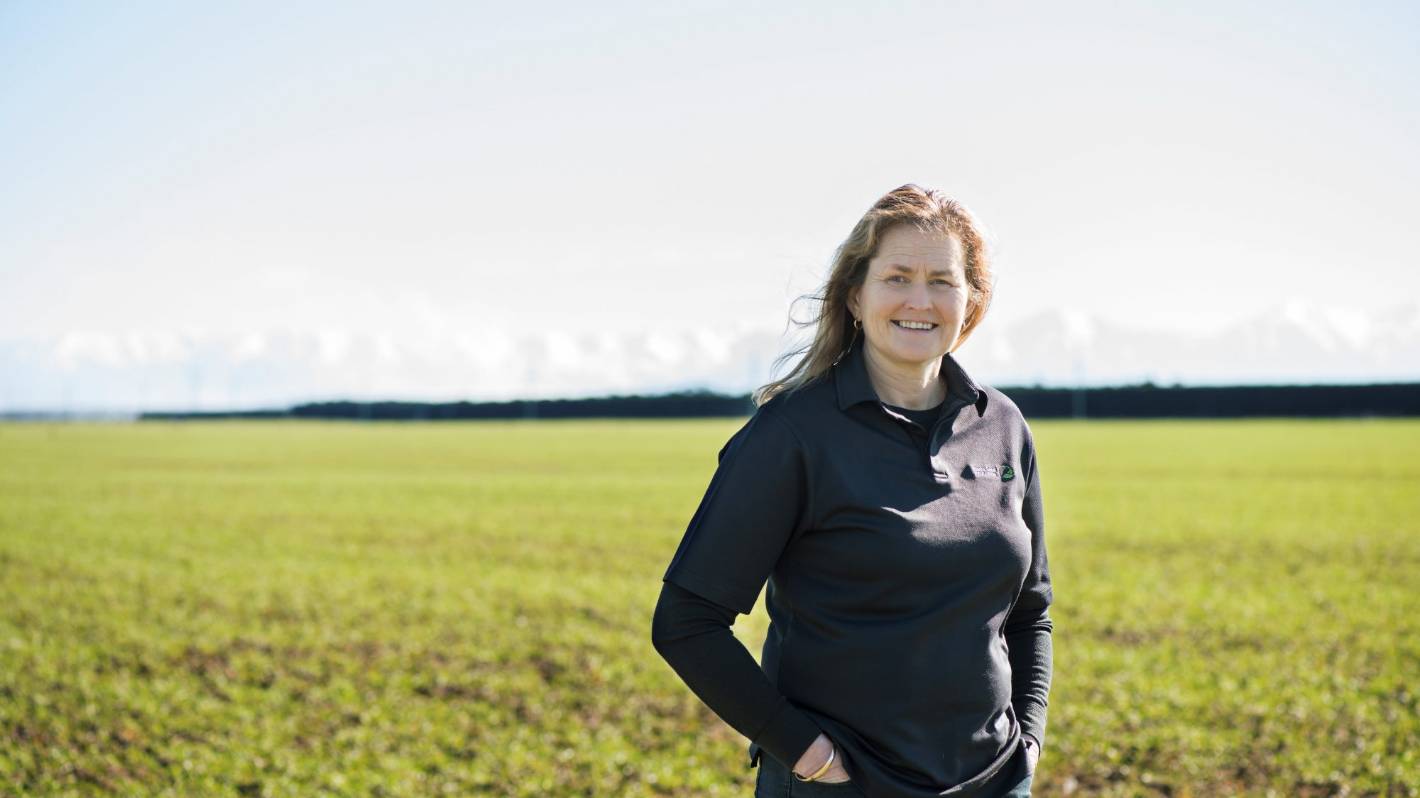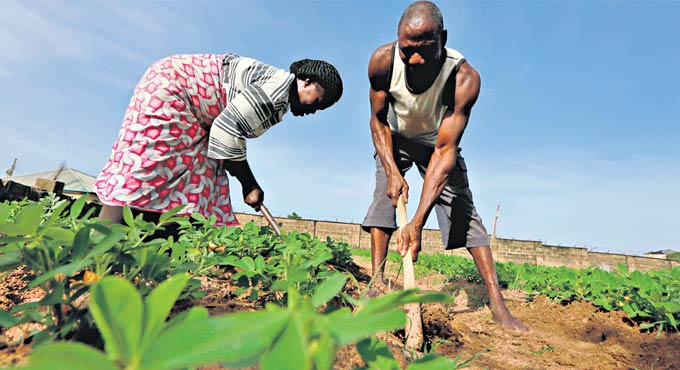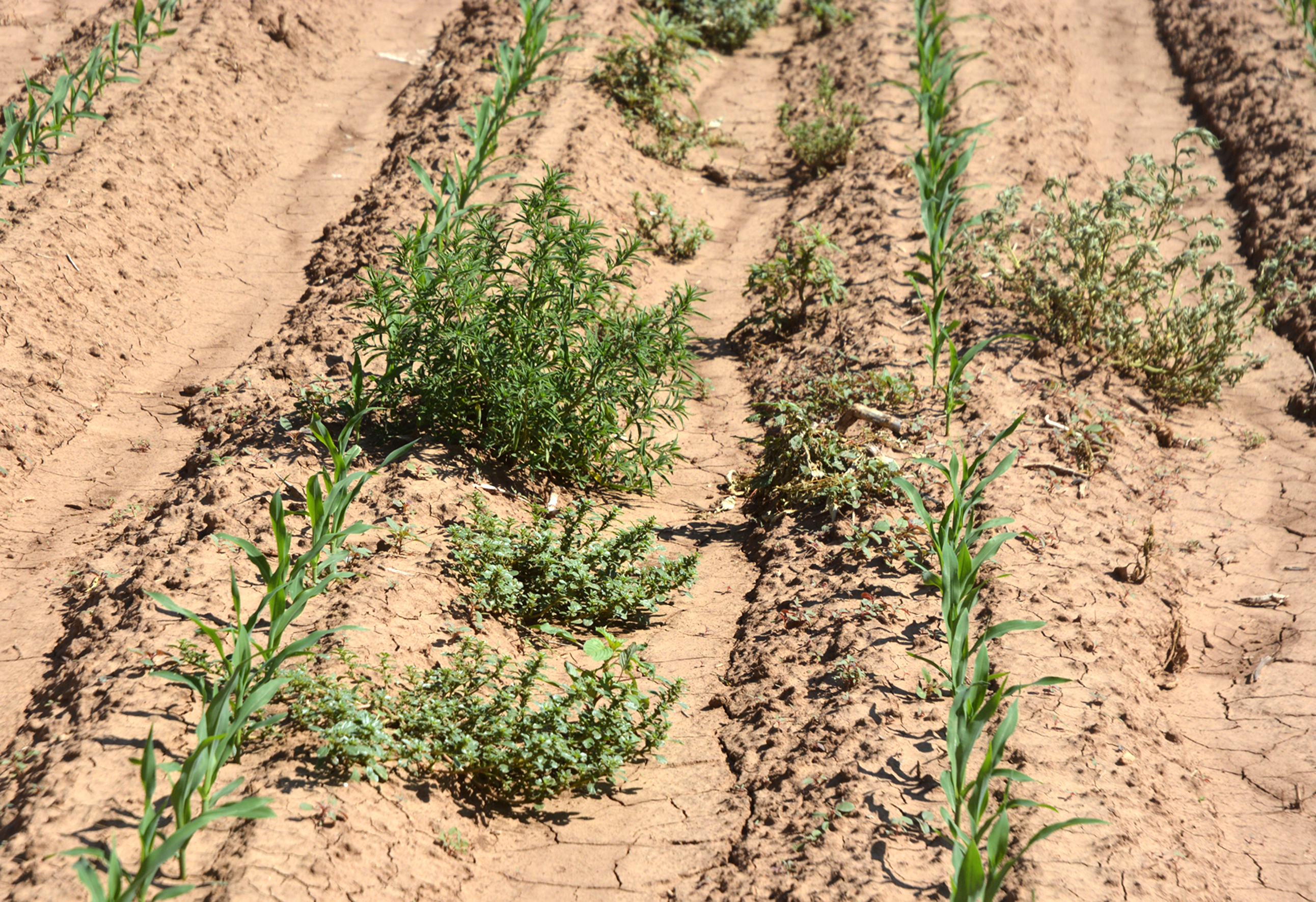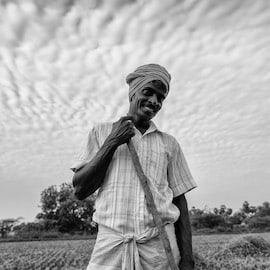 John LaRose Jr.
John LaRose Jr.
Topics: Soil Health, Education U.S. West, Food/Nutrition, Food Waste, Sustainability, Ag Global Specialty Food, World Hunger, World Population,
UC Davis engineers fight food insecurity through sustainable agriculture
By Noah Pflueger-Peters and Constanze Ditterich Associate professor Isaya Kisekka (Lucy Knowles/UC Davis)With the dawn of agriculture, humans became dependent on food production systems that exploit nature’s limited resources of land, water and air. As the world’s population is expected to reach 9–10 billion by 2050 according to the U.N., the world must double food production to meet demand while using and reusing the resources we have left in a sustainable manner. Ruihong Zhang and Isaya Kisekka at UC Davis are rising to meet the challenge by finding new ways to sustainably produce food, while conserving resources by using microbes to produce new sources of protein and managing and irrigating crops with pinpoint precision. “We really need to think hard about how to be climate-smart and optimize our resources,” said Kisekka. Harnessing the power of microbes Zhang, professor of biological and agricultural engineering, says one way to produce food more sustainably is by tapping into the huge potential of microbes like fungi and algae. Growing livestock is an expensive and time-consuming process due to the land, resources and time that are needed, leading to a huge carbon footprint. By contrast, microbes such as fungi and algae can grow in less than a week in any climate and require a small fraction of the space and resources. “We want society to start paying more attention to microbes as alternative food sources,” she said. “There are a lot of benefits environmentally and economically, especially for populations who live in areas that have very limited land for growing crops.” Eating fungi and algae is nothing new, as mushrooms and seaweed are staples of diets around the world. Zhang plans to innovate by harvesting these microbes using agricultural byproducts such as almond hulls and carrot and tomato pomace, the material that’s left over after pressing for juice or oil. This method improves the sustainability of the entire food production system, as what was once waste gets broken down i...
-
(0)
-
Bookmark
- Comments (0)
 John LaRose Jr.
John LaRose Jr.
Topics: Soil Health, Dairy, Water, Economics, Ag Australia/NZ, Sugar, Weather,
Not all grass is the same - NZ Herald
High sugar grasses a key component of dryland Canterbury dairy farm
-
(0)
-
Bookmark
- Comments (0)
 John LaRose Jr.
John LaRose Jr.
Topics: Soil Health, Lamb/Sheep, Economics, Regenerative Agriculture, Ag Australia/NZ,
-
(0)
-
Bookmark
- Comments (0)
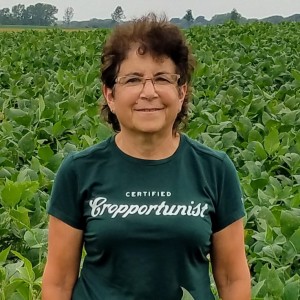 Nancy Kavazanjian
Nancy Kavazanjian
Topics: Soil Health, Agriculture US, Sustainability, Fertilizer, Environment,
-
(0)
-
Bookmark
- Comments (0)
 John LaRose Jr.
John LaRose Jr.
Topics: Soil Health, Cover Crops, Vegetables, Agriculture Global, Sustainability, World Hunger, World Population, Regenerative Agriculture, Coronavirus/COVID,
How one northern B.C. Indigenous farmer is improving food security
Jacob Beaton wouldn’t be a farmer without lettuce. Lots of lettuce. It was among the first vegetables he grew using agro-ecological techniques on the small farm near Kitwanga, between Smithers . . .
-
(0)
-
Bookmark
- Comments (0)
 Nancy Kavazanjian
Nancy Kavazanjian
Topics: Corn/Maize, Soil Health, Soybeans, Ag Innovation, Climate Change,
Worth watching for developments
Bezos Earth Fund donates $30 million to Salk Institute for innovative climate change research - Salk Institute for Biological Studies
The Salk Institute’s Harnessing Plants Initiative (HPI) is an innovative, scalable and bold approach to fight climate change by optimizing a plant’s natural ability to capture and store carbon and adapt to diverse climate conditions.
-
(0)
-
Bookmark
- Comments (0)
 John LaRose Jr.
John LaRose Jr.
Topics: Soil Health, Sustainability, Research, Regenerative Agriculture, Ag Australia/NZ, Education,
South Island soil scientist joins 'stellar line-up' of Women of Influence
Canterbury scientist Dr Trish Fraser helps crop farms become more environmentally sustainable and more productive.
-
(0)
-
Bookmark
- Comments (0)
 John LaRose Jr.
John LaRose Jr.
Topics: Corn/Maize, Soil Health, Soybeans, Conservation/Tillage, Water, Sustainability, Fertilizer, World Hunger, Ag Africa, World Population,
Pothole farming: Conservative farming in drought-hit Zimbabwe
Instead of ploughing and sowing a large area, the “pfumvudza” method involves planting crops in small holes that trap rainwater.
-
(0)
-
Bookmark
- Comments (0)
 John LaRose Jr.
John LaRose Jr.
Topics: Soil Health, Herbicides, Pesticides, Education U.S. SouthWest, Ag Innovation, Education,
Panhandle farm, ranch management symposium set Dec. 1| AgriLife Today
The Panhandle Farm and Ranch Management Symposium hosted by the Texas A&M AgriLife Extension Service will take place virtually on Dec. 1.
-
(0)
-
Bookmark
- Comments (0)
 John LaRose Jr.
John LaRose Jr.
Topics: Soil Health, Fertilizer, Ag India, World Hunger, World Population, Regenerative Agriculture,
How India Can Transform Its Fertilizer Subsidy Program - NextBillion
India is the second largest global user of fertilizer, but ~65% of this fertilizer doesn't reach small farmers. Here's a solution for improving subsidies.
-
(0)
-
Bookmark
- Comments (0)


